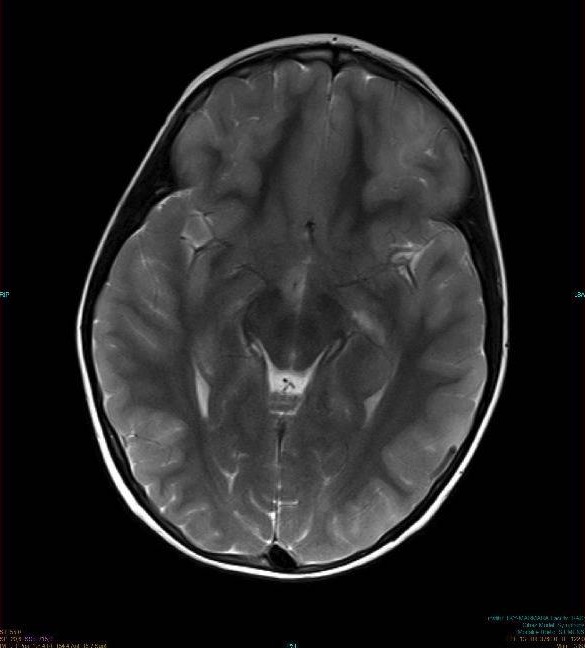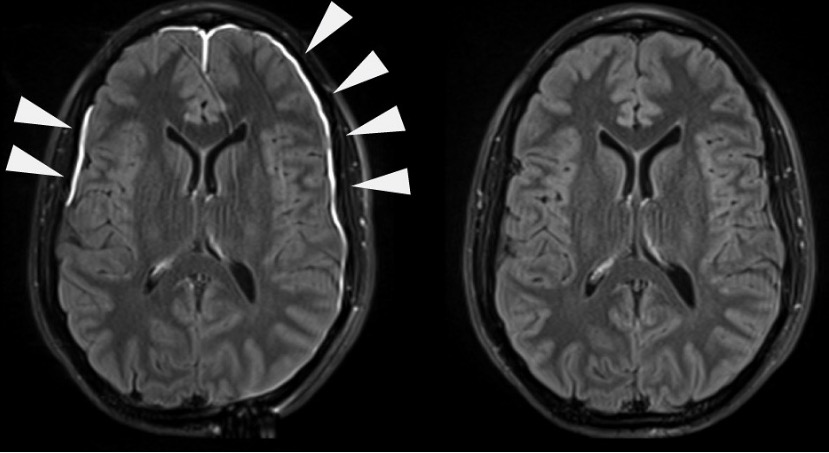Playlist
Show Playlist
Hide Playlist
Approach to CNS Infections: CSF Analysis
-
Slides Introduction to CNS Infection.pdf
-
Download Lecture Overview
00:00 We're going to walk through a series of steps whenever we approach a patient or a clinical vignette for someone who may be presenting with a CNS infection. Step 1 is to figure out where is the infection? What is the infection? Is this a meningitis, encephalitis, or is this a focal brain infection like cerebritis or brain abscess? And to do that, we're going to look at the patient's clinical signs and symptoms. Headache tells us it's a brain problem. So we see headache as a prominent symptom with all 3 types of infections. Fever is something we see with infection and so fever tips us off that this brain problem may be coming from an infection. 00:40 And the last symptom or sign is what really helps us to hone in on where this infection may be. 00:46 Meningismus or pain problems, thickening when the dura is stretched. Meningismus is a sign and symptom that will guide us to a dural based problem and suggest meningitis. Altered mental status or seizure tells us that the outer cortical gray matter, those gray matter cells that are on the outer cortical surface right next to the pia mater may be diseased or involved and we're worried about an encephalitis. And a focal neurologic deficit should point us to a cerebritis. And we're going to walk through when we look at patients and when we look at clinical vignettes, we're going to try and differentiate between meningitis, encephalitis, and cerebritis knowing that out there in the world we can see combinations of these and patients may present with a meningoencephalitis or an encephalo-cerebritis and so we can see combinations in patients. Step 2 is to figure out well if it is an infection, what type of infection is it. Is it a bacterial infection, a viral infection, a fungal infection, or could this be parasitic or some other type of atypical infection? So in general, how do we assess the type of infection in the central nervous system? How do we do this step 2? What tells us what type of infection it is? For many central nervous system problems, we look at imaging. We do CTs and MRIs and that's often important in the evaluation of this patient. But the thing we're going to remember for a CNS infection is the lumbar puncture or a spinal tap. This is our critical window into what's going on in the brain, in the pia or arachnoid/subarachnoid space, and even in the meninges. When the brain is sick, we can see that the spinal fluid is sick. And assessing the spinal fluid can give us an important indication of what this infection may be in each of those compartments. So how do we approach the spinal tap, the lumbar puncture? How do we look at cerebrospinal fluid? Well, we ask 3 questions and each of those questions is going to guide us in terms of what we're going to be more or less concerned about. Our first question is "Is this an infection?" Should we be worried about a CNS infection. And the thing we're going to look at on the spinal tap will be the white blood cells. When the white blood cells are elevated, we know that tells us an infection. In the systemic circulation, we call that a leukocytosis. And in the cerebrospinal fluid, we call increased white blood cells a pleocytosis. And that's going to make us concerned that this may be an infectious process until proven otherwise. If the white blood cells are normal, we're going to think less commonly about an infection and look into other potential causes of the patient's presentation. Our 2nd question is "Is there inflammation that's happening in this process?" And for that, we're going to look at the protein level. Protein is a tip off that there may be some inflammation in the brain, in the subarachnoid space, or in the meninges. So if the protein level is elevated, that indicates an inflammatory process. If their protein level is normal, then we think less commonly about inflammation and think about other things, maybe a toxic or metabolic cause of the patient's presentation. Our last question is "If this is infectious, what type of infection may be contributing to this problem? Is it bacterial, is it fungal, is it viral, or parasitic?" And for that, we're going to look at 2 things. The first is the type of white blood cells, the differential. Are there polymorphonuclear cells? And that points us in the direction of a bacterial infection or rarely an early viral or maybe fungal infection or this monocytic lymphocyte cells. In which case, we think about fungal or viral processes. And to differentiate between a fungal infection and a viral infection, we're going to look at the glucose. Viruses live inside the cell, they don't use glucose as their energy and machinery, they use the cellular machinery to live and grow and divide. Fungi live outside of the cells and they utilize glucose as their energy for machinery and growth and so we see low glucose in fungal infections and normal glucose in viral infections. So there are 3 teaching points that I want you to take away from this table. The 1st is pleocytosis is increased in CSF white blood cells and that points in the direction of infection until proven otherwise. The 2nd is this word hyper proteinorachie. This means increased CSF protein, and this tells us that there is some inflammation going on. This will be helpful for both infections and non infectious causes of CNS problems. And the last is this term hypoglycorrhachia, which means low glucose. And we heard that low glucose can be seen in fungal infections and it can also be seen in bacterial infections. And so those are 3 buzz words that we're going to look out for in clinical cases and in patients to guide us as to what's going on.
About the Lecture
The lecture Approach to CNS Infections: CSF Analysis by Roy Strowd, MD is from the course CNS Infections.
Included Quiz Questions
Which of the following is most likely to present in a patient with encephalitis?
- Seizure
- Flaccid paralysis
- Hyporeflexia
- Meningismus
- Maculopapular rash
Which of these cerebrospinal fluid findings is consistent with a viral infection?
- Normal glucose levels
- Positive Gram stain
- Normal protein levels
- Eosinophilia
- Normal white blood cell count
Which cell type is predominant in bacterial meningitis?
- Neutrophils
- Macrophages
- Lymphocytes
- Basophils
- Plasma cells
Customer reviews
5,0 of 5 stars
| 5 Stars |
|
5 |
| 4 Stars |
|
0 |
| 3 Stars |
|
0 |
| 2 Stars |
|
0 |
| 1 Star |
|
0 |





